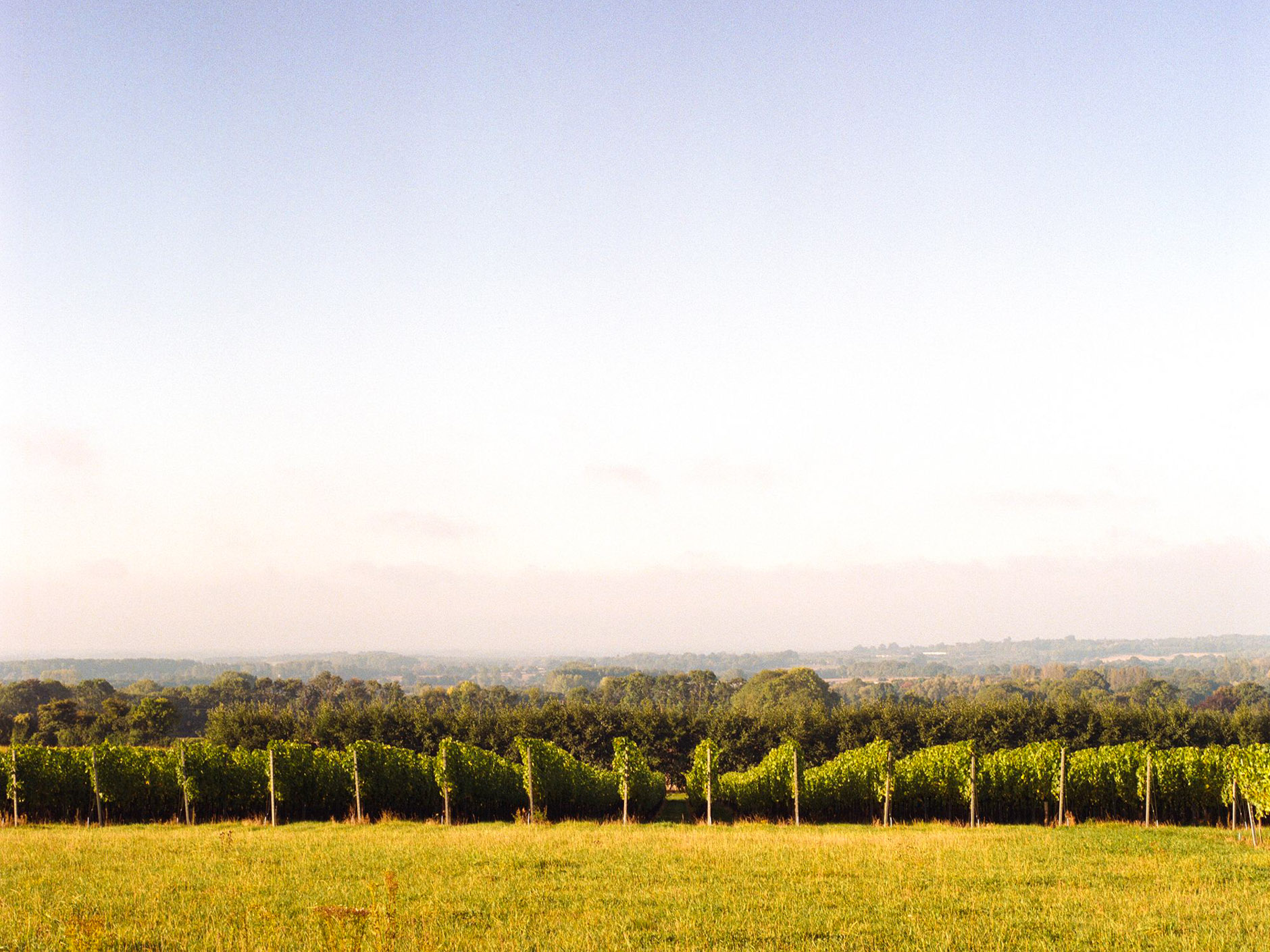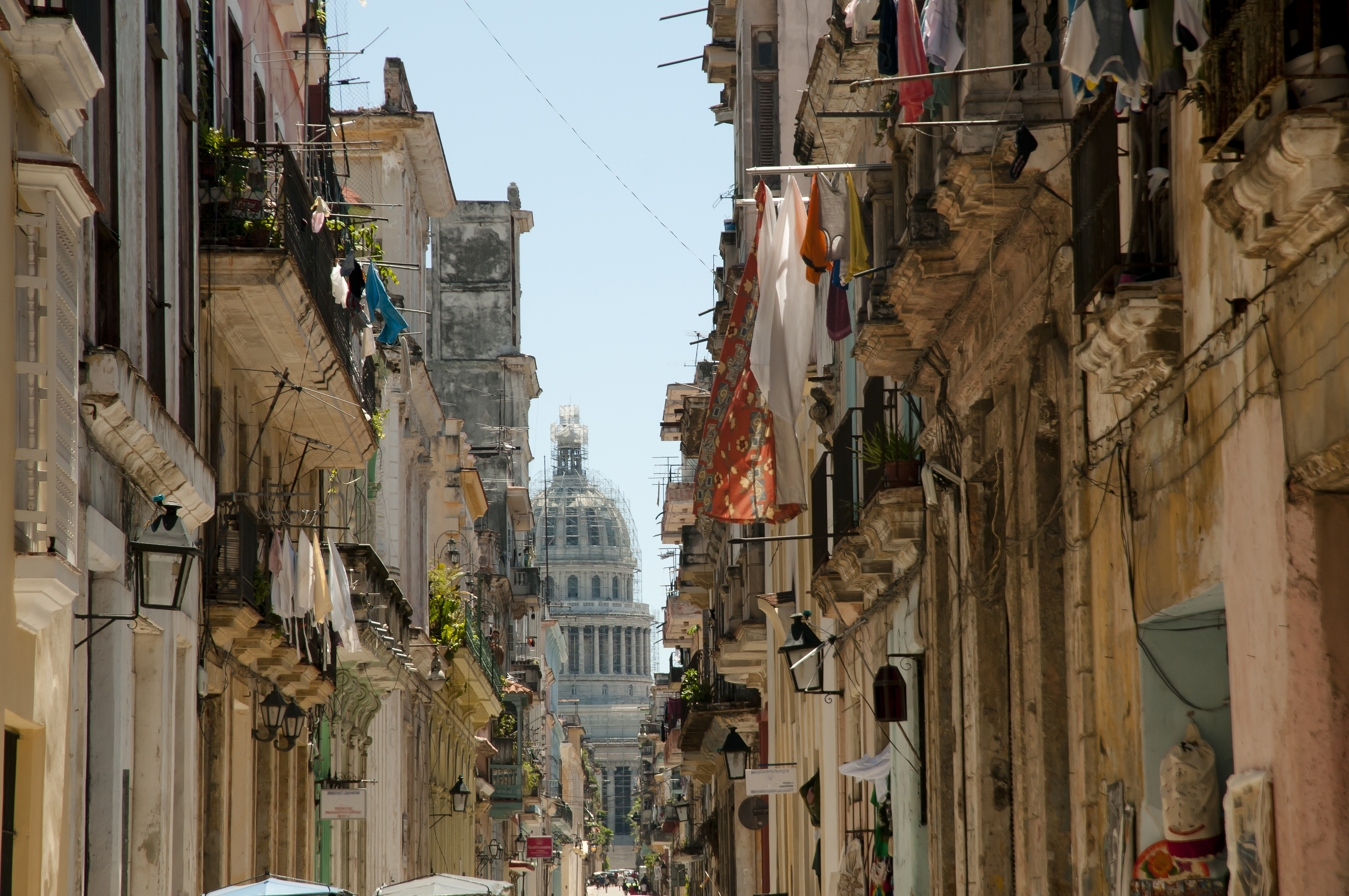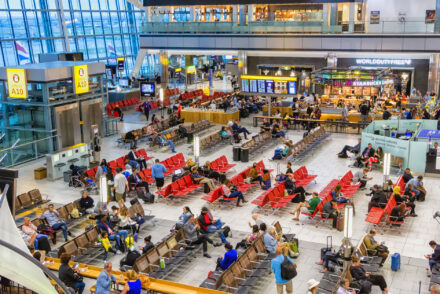Standing on the corner of Sukhumvit Soi 55, in Bangkok, wedged between locals and tables stacked with fresh ingredients, I was watching a woman stir something viciously over an open flame. There was no menu, no English, no clue what I was about to eat, just a small stand and three small tables. I was perched on a red plastic stool under flickering neon and city skyscrapers in the distance, sweating into a bowl of massaman curry so spicy my eyes were watering.
Around me, motorbikes zipped past, and the scent of grilled pork hung thick in the humid air. A cat weaved between table legs and a nearby fan did little to stop the heat from enveloping everything like a damp blanket. Yet, somehow, in the chaos, it felt calm, as if I’d been invited into someone’s open-air kitchen.
Street food is where the soul of Thai eating lives
A huge part of Thai culture is street food, with deep historical roots, evolving from traditional markets. It began many years ago during the Ayutthaya period (1351 – 1767) when street food catered to traders, labourers and residents seeking convenient meal options. Thai street food is fresh and tasty, but it also embodies community values, with recipes passed down through generations and vendors specialising in specific dishes that have become iconic over time. Street food dining is an integral part of daily life in Bangkok and beyond.
Michelin star restaurants and fast food still exist in Thailand, but street food is a way of life. It’s freshly made in front of your eyes by family-owned vendors who have been cooking this type of food most of their lives. All types of people enjoy Thai street food, from suited office workers and families to budget backpackers and luxury tourists. Not only are the flavours delicious, but you can enjoy Thai street food for as little as £1.
It’s not uncommon to see a luxury car parked beside a tiny cart, its driver perched on a plastic stool devouring tom yum alongside construction workers. The pavement becomes a communal table, and there’s beauty in that kind of everyday democracy.
Step up to any busy Thai stall and you’ll find yourself front row at a performance: woks hissing, flames bursting, spatulas clanging. One hand tosses fish sauce; the other adjusts the heat with the flick of a wrist. Every movement has been performed over the years by these locals, sometimes for decades, and yet it all unfolds like a blur.
You might spot a Thai lady in flip-flops who’s been making pad thai for thirty years, still remembering every customer’s order by heart. It’s all in the detail; the crack of a perfectly fried egg landing on top of a pad kra pao. And it all happens so quickly, just as quickly as fast food service. Thai dishes appear before you’ve barely sat down, still sizzling, fresh and hot. These street-sided chefs don’t need open kitchens or Instagrammable decor. Their stage is the stall, and their food is some of the best you’ll ever eat.
In Thailand, street food is their main meal of the day. It’s more common for locals to wander the streets instead of “going out for dinner.” It’s not always a planned occasion; it’s a spontaneous ritual across the streets, markets, along alleyways and outside 7-Elevens and BTS stations. There’s no need for reservations; Thais eat whenever they feel hungry, no matter what time of day it is. It begins with a pork skewer for 30p. Then, a few steps down the road, a plate of chicken fried rice. For dessert, mango sticky rice is a Thai classic, or deep-fried roti smothered in condensed milk, eaten with flimsy plastic forks. For a drink this will usually be a Chang beer, cracked open and sipped on a curbside bench under the city lights.
Every region across Thailand brings its own personality to the pavement, and you can taste it in every bite. From the north east, Isaan-style gai yang arrives smoky, savoury and sharp with fish sauce and lime. Head north, and you’ll find creamy bowls of khao soi, where turmeric curry broth hides tender noodles and braised chicken, topped with crispy noodles that shatter with each bite. Down south, curries burn brighter and hotter, with generous use of chillies, turmeric and seafood. Even in Bangkok, a city far from any coastline or border, you’ll find vendors from every province carving out a piece of their hometown on a side street. One soi might offer southern-style kanom jeen next to Chiang Mai sausage. You don’t have to leave the capital city of Thailand to experience the whole country. Each meal is a postcard from somewhere else in Thailand, handwritten in chilli, herbs and smoke.
It’s no wonder that Bangkok has been labelled the ‘street food capital of the world.’ Every district offers its own flavour map, from Chinatown’s labyrinth of roasted duck stalls to the Muslim quarter’s rich beef biryanis. And it’s all just a tuk-tuk ride away.
Street food is where the soul of Thai eating lives. It’s found in the clatter of utensils, the smoke curling up from charcoal grills, and the quiet focus of a vendor perfecting the same dish for years. You could be enjoying food at a night market or crouched on a side street eating spring rolls, but this allows you to be a part of a living, breathing food culture that has been around for centuries and is one of the most iconic in the world.
Cover photo and photo of mango sticky rice licensed by Adobe Stock. All other photos by Sally Seaton.
August 2025












